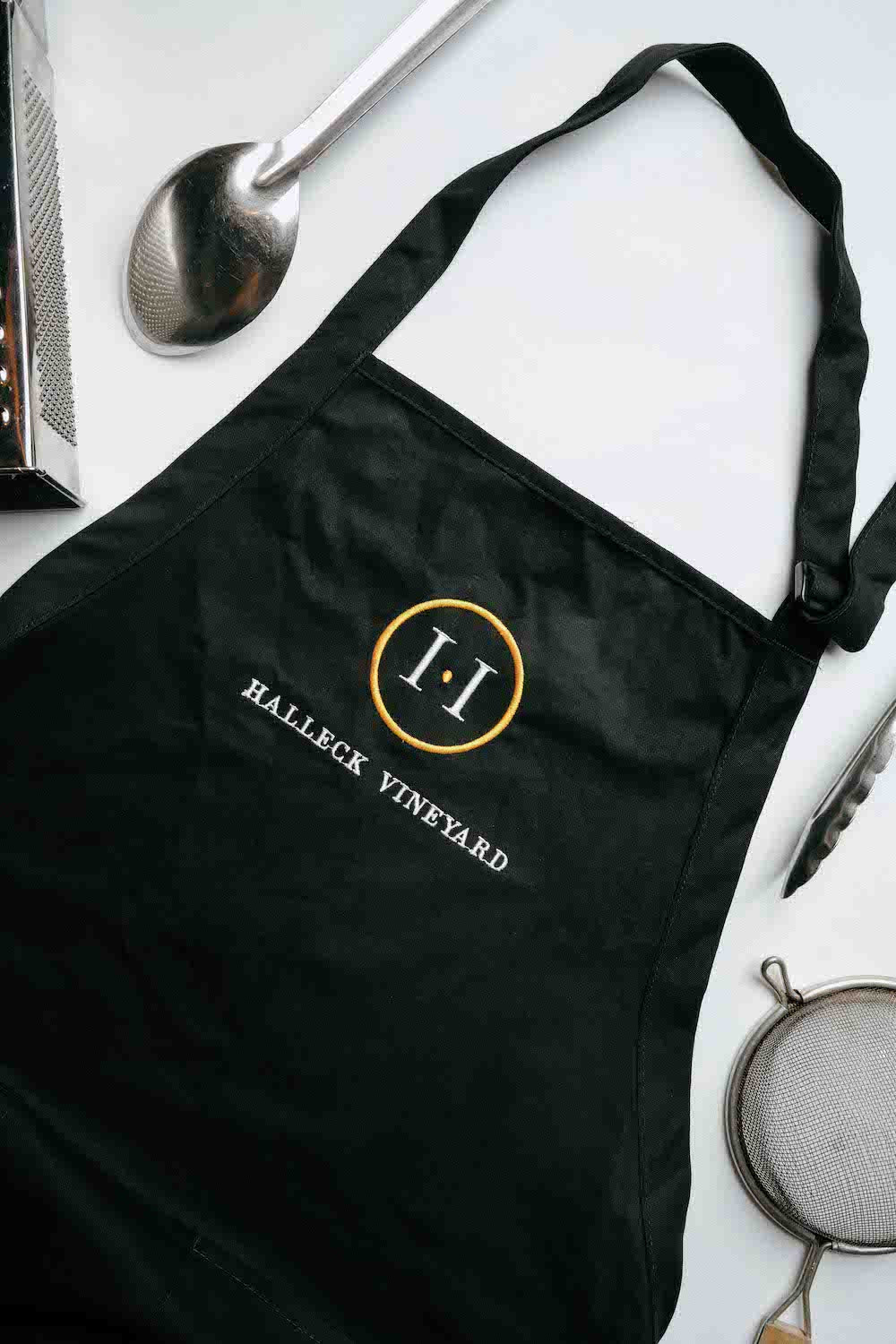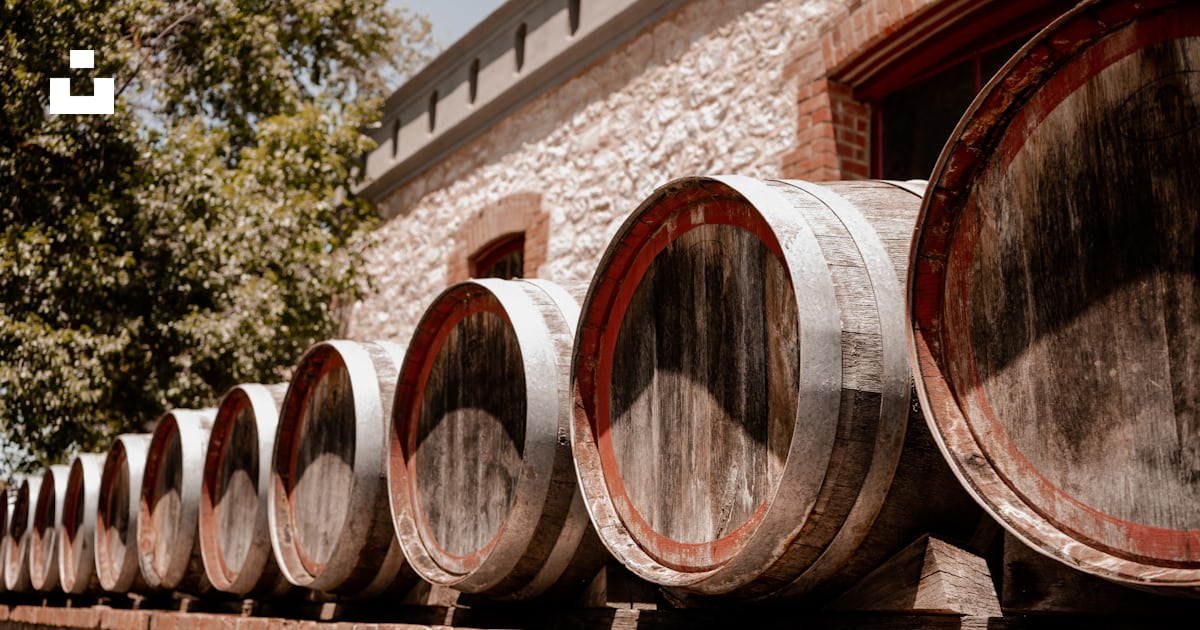Family-Oriented Wine Tasting Venues In Sebastopol - Wineries With Outdoor Tastings In Sebastopol
Family-Oriented Wine Tasting Venues In Sebastopol - Wineries With Outdoor Tastings In Sebastopol
Blog Article
Wineries With Sustainable Practices - Exploring The Vineyards In Sonoma County
Wine tasting is an art that mixes sensory experience with an appreciation for the nuances of various varietals. How to evaluate flavors in winery wine tasting sessions is pivotal to greedy the complexities of wine.
Engaging in a wine tasting entails more than merely sipping and savoring. It requires a centered approach to identify aromas and flavors that every wine presents. As you begin, observe the wine's look, noting its shade and clarity. These visual cues typically suggest a wine’s age, grape variety, and even potential flavor profiles.
The subsequent step within the tasting process is to swirl the wine in your glass. This motion releases fragrant compounds which would possibly be important for analysis. Lean in and take a second to inhale deeply; the aromas can vary from floral and fruity to spicy and earthy. The nose of the wine is simply as important because the palate, and recognizing scents performs a major function in understanding the general experience.
When taking your first sip, allow the wine to maneuver across your palate - Hidden Gem Wineries In Sonoma County. Notice the preliminary flavors that current themselves. Is the wine fruity, floral, or maybe herbaceous? This preliminary style gives insight into what the wine is likely to categorical as you proceed to gauge it. The mouthfeel additionally contributes to the general flavor experience; it might be silky, tannic, and even effervescent.
Wineries Near Sonoma Square - Tasting Fine Wines In Sonoma County
As you proceed tasting, take note of the wine’s balance. A well-balanced wine will harmonize acidity, sweetness, and tannins. If one element overwhelms the others, it would point out a less desirable high quality. Evaluating balance may help you determine how properly the wine would possibly pair with food.
Transitioning to the end, contemplate how the flavors evolve because the wine lingers in your palate. A lengthy, pleasant finish can point out a high-quality wine, while a brief or abrupt end would possibly counsel otherwise. Replicate on whether or not the flavors stay consistent or if new notes emerge because the wine settles. This development can reveal complexities and intricacies that might not have been apparent within the preliminary tasting.
Temperature can be a crucial consider evaluating wine flavors. Completely Different kinds of wine are optimally enjoyed at specific temperatures. White wines often shine when chilled, whereas pink wines typically carry out greatest at room temperature. When tasting, make sure the wine is on the appropriate temperature to fully recognize its character.
Romantic Winery Destinations In Sebastopol - Sebastopol Vineyard Visits
Pairing food with wine can tremendously improve the tasting experience. Foods can affect the perception of flavors in wine, either highlighting sure traits or diminishing them. When evaluating flavors, think about how the wine interacts with totally different meals, noticing which flavors are amplified or muted (Remarkable Craft Wineries In Sebastopol).

Contemplate the influence of terroir as you have interaction in a winery tasting. Terroir encompasses the distinctive environmental elements that have an result on grape rising, including soil composition, climate, and geography. Understanding a wine's terroir can provide perception into its flavors and aromas, fostering a deeper appreciation for the alternatives made during its cultivation and manufacturing.
Training plays a elementary role in enhancing one's capacity to gauge wine flavors. Learning about grape varieties, wine areas, and manufacturing methods can pave the way for more informed judgments during tastings. Additionally, attending workshops or classes can refine sensory skills and expand your flavor vocabulary, enabling you to articulate tasting notes more successfully.

Lastly, it's important to remember that evaluating wine flavors is a highly personal experience. Individual preferences and perceptions will invariably shape one’s tasting journey. Enjoyment must be on the forefront, with the Go Here analysis process appearing as a software to reinforce understanding and appreciation somewhat than create inflexible tips.
Wineries Ideal For Large Groups - Top Sonoma Wine Tasting Destinations
In conclusion, mastering tips on how to consider flavors in winery wine tasting periods involves a combination of sensory engagement, knowledge, and practice. By studying to identify aromas, assess the stability, and appreciate the intricacies of flavor, wine enthusiasts can deepen their connection to every bottle they encounter. As with any art kind, the extra one immerses themselves within the experience, the extra they may discover and benefit from the vast world of wine.
- Start by observing the wine's shade and clarity, as these visible components can trace at its flavor profile and getting older potential.
- Swirl the wine gently in your glass; this releases aromatic compounds, permitting you to higher establish the complicated scents related to the wine.
- Take a deep inhale earlier than tasting, focusing on both major and secondary aromas to collect insights on fruits, spices, and different nuances.
- When tasting, enable the wine to coat your palate; note the preliminary flavors, the mid-palate complexity, and the end as these phases can present totally different flavor highlights.
- Pay attention to texture and mouthfeel, as elements such as tannin levels, acidity, and sweetness contribute considerably to the overall tasting experience.
- Compare flavors in opposition to standard wine characteristics; for red wines, think about berry notes, oak affect, and natural tones, while whites may embrace citrus, stone fruits, and floral hints.
- Take notes in the course of the tasting session to track your impressions, serving to you to remember and evaluate the totally different wines sampled.
- Talk About your findings with fellow tasters or winery workers, as sharing insights can improve understanding and appreciation of particular person flavors.
- Allow time for the wine to breathe; sometimes, flavors evolve and reveal new dimensions after being uncovered to air.
- Experiment with food pairings during the tasting as they will dramatically alter how flavors are perceived, influencing overall enjoyment.undefinedWhat should I search for when evaluating the aroma of wine during a tasting?
Begin by swirling the wine in your glass to launch its aromas. Convey the glass to your nostril and take a deep breath. Pay attention to the primary scents you detect, as these are sometimes the most outstanding. Look for fruit, floral, herbal, or earthy notes and try to identify particular characteristics, which is ready to deepen your understanding of the wine's complexity.
Wineries With Unique Gamay Wines - Exploring The Vineyards In Sonoma County
How can I distinguish between different flavor profiles in wine?
Perceive that flavor profiles are often categorized as fruit, floral, herbaceous, spicy, or mineral. Take small sips and allow the wine to coat your palate. Notice the primary flavors that emerge first and the delicate notes that observe. This layering is essential in distinguishing the wine's characteristics and will help you respect its distinctive profile.
Elegant Wine Tasting Locations In Sonoma - Vineyard Experiences In Sonoma
What is the importance of the wine's texture in a tasting?
The texture of the wine, also referred to as mouthfeel, plays a vital role in how we perceive flavors. Pay consideration as to whether the wine feels smooth, creamy, or gritty. The body of the wine (light, medium, or full) can improve or contrast with flavors, providing a more rounded experience during tasting.
How do I assess the balance of flavors in wine?
Stability in wine refers to the harmony between acidity, sweetness, tannin, and alcohol. Take a second to evaluate whether these parts complement or intrude with one another. A well-balanced wine will have none of its components overpowering the others, creating a pleasing tasting experience.
Wineries Ideal For Large Groups - Sebastopol Wine Country Vineyards Adventure
What position does temperature play in evaluating wine flavors?
Temperature can considerably impact the notion of flavors. Generally, purple wines are finest served barely beneath room temperature, while white wines benefit from being chilled. As the temperature changes, the aromas and flavors can shift, permitting you to perceive completely different characteristics. It’s essential to style wine at its optimal temperature for true analysis.
Wineries With River Views - Best Wineries In Sonoma For A Wine Experience
How can I improve my tasting skills over time?
Practice is vital to improving your tasting skills. Vineyard Picnic Spots In Sonoma Valley. Attend tastings, maintain a journal of your experiences, and discover various varieties of wines to broaden your palate. Moreover, studying about wine production and grape varieties can provide context that enhances your analysis course of, making you a extra informed taster.
Is there a specific order by which I should style the wines?
Wineries That Offer Dog Friendly Areas - Best Wineries For Wine Tasting Sonoma Area
Sure, it’s advisable to style wines from light to full-bodied and dry to sweet. This development prevents the stronger flavors from overshadowing the extra delicate ones, allowing you to fully appreciate every wine's traits and nuances without palate fatigue.
How can I evaluate the aftertaste of wine?
Exclusive Wine Clubs In Sonoma - Explore Sebastopol Area Vineyards
The aftertaste, or finish, is a crucial facet of the wine-tasting experience. After swallowing, pay consideration to how lengthy the flavors linger on your palate and whether or not they change. A long, pleasant finish is usually his comment is here an indicator of a high-quality wine, while a brief or unpleasant end may counsel otherwise.
Why is it important to notice the wine’s acidity during tasting?
Acidity contributes to the general freshness and construction of the wine. Pay attention to the tingling sensation on your tongue; greater acidity can enhance the wine's liveliness and stability out sweetness. Noting acidity helps determine the wine's versatility with food and its getting older potential.
What should I do if I struggle to determine specific flavors in wine?
Wineries Providing Guided Vineyard Walks - The Beauty Of Sebastopol Wineries
Struggling to identify flavors is common, particularly for newbies. Focus on broader categories and describe what you possibly can acknowledge, corresponding to candy or earthy notes. With practice, reading about totally different flavor profiles, and maybe utilizing flavor wheels, you may refine your senses and develop a more nuanced strategy to tasting. Report this page